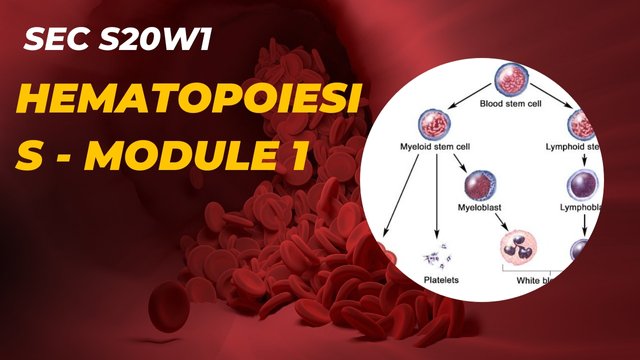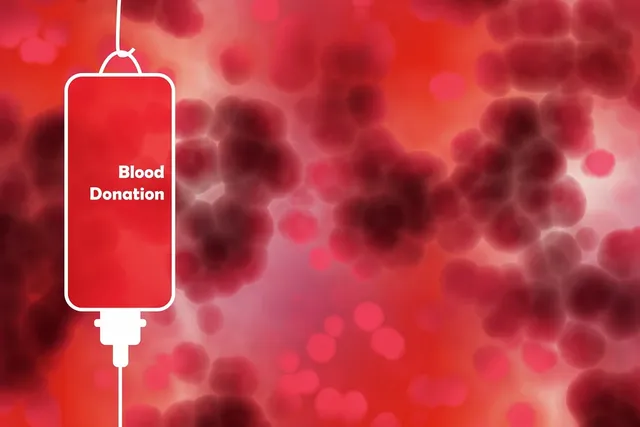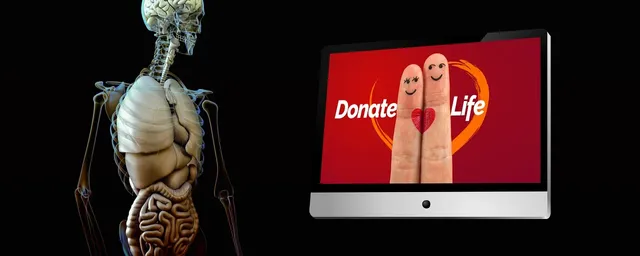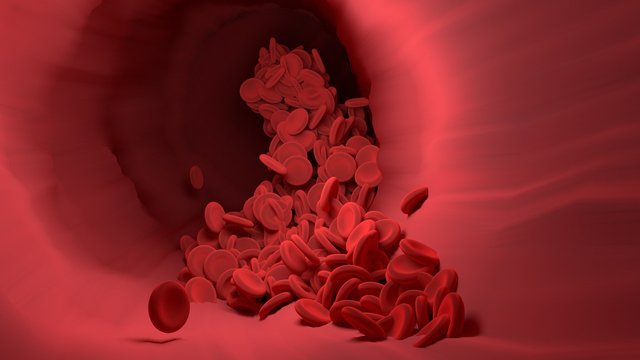SEC S20W1 || Hematopoiesis - Module 1
Assalam-o-Alaikum! |
|---|


Anatomy and function of hematopoietic organs |
|---|
The word hematopoietic organs means to the physiological elements that produce red blood cells. The bone marrow a soft tissue found inside the bones is where the majority of these blood cells are produced. The majority of the blood cells in the body are made in the bone marrow.It comes in two varieties yellow marrow which stores fat, and red marrow, which produces three types of blood cell platelets, red blood cells and white blood cells. The spleen produces lymphocytes.
It also produces blood cells during a baby development but this function diminishes after birth. The thymus situated posterior to the breastbone aids in the production of T-cells which are critical to the body immune system. It functions best in young people and becomes less active with age. In early stage in fetus the liver helps to make the blood cell.
Medullary Hematopoiesis vs Extramedullary Hematopoiesis |
|---|
The process by which blood cells are created in the bone marrow found inside bones is known as medullary hematopoiesis. This is where people normally produce the majority of their blood cells. The primary factory for producing red blood cells, white blood cells, and platelets all critical for oxygen transport, infection defense and blood clotting takes over in the bone marrow after birth.
In contrast extramedullary hematopoiesis occurs when the body cannot produce enough red blood cells in the bone marrow. Usually this occurs in the spleen and liver which can assist in producing blood cells if necessary. It is the body backup mechanism which is frequently triggered by specific illnesses or when the bone marrow isn't working correctly.
Clinical case

In your opinion, what are the reasons for significant blood loss?
Because the femur is a big bone and can bleed profusely when broken the fracture also adds to the blood loss. Furthermore his diabetes may make it more difficult for his body to control and properly stop the bleeding.

Who would be the ideal person to donate blood to?
Its must be important that the donor must be a healthy . This guarantees that the blood that is provided is of the highest quality. Its can help the patient in recovering from their serious blood loss.

I invite @shano49 @malikusman1 and @saboohi to take participate in this contest

Thank you

https://steemit.com/hive-172186/@neelofar/achievement1-my-introduction-to-steemit
WRITER:
@neelofar from Pakistan

@neelofar from Pakistan



Upvoted. Thank You for sending some of your rewards to @null. It will make Steem stronger.
Hi! The process of creating our blood is without a doubt very amazing and interesting, well, our body itself is already amazing considering all that it can do, always having a plan for every situation that comes its way.
Have a nice day!
TEAM 4
Congratulations! Your post has been upvoted through steemcurator06. Good post here should be..Thank you Soo much respected @jyoti-thelight for your great support ❤️
Es sorprendente como nuestro cuerpo en la medida en que va creciendo va cambiando el órgano en el que se producen las células sanguíneas, siendo la médula ósea el prinicpal productor en la etapa adulta.
Es importante que el donante de sangre sea una persona sana y cercisorarse de que sea combatible con quien la recibe.
Éxitos en el concurso.
Hola @neelofar 👋.
Gracias por brindar un enfoque tan sencillo sobre la Hematopoyesis, los órganos que en ella intervienen juegan un papel importantísimo.
El donante como lo describes es una persona sana que garantice la correcta recuperación del paciente.
Me agrado leer tu post.. Éxitos 😇